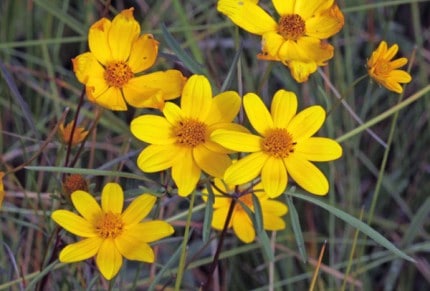
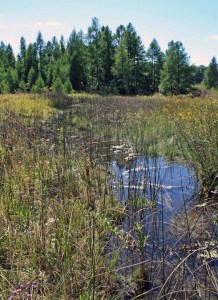
(Chelsea Update would like to thank Tom Hodgson and the Waterloo Natural History Association for the photos and information in this column.)
Glaciers that formed Waterloo some 10,000 years ago left gravelly hills surrounding valleys that hosted lakes, marshes, swamps, fens or bogs. Wetlands, without a source of nutrient bearing water, became stagnant and acidic and often developed into bogs.
Fens, are peat-forming wetlands that receive moisture and nutrients from sources other than precipitation; usually springs flowing from surrounding hills or from groundwater movement. They differ from bogs because they are less acidic and have higher nutrient levels. Therefore, fens are able to support a much more diverse plant and animal community.

Fens are home to grasses, sedges, rushes, and beautiful wildflowers. Most of the fens in Michigan have been mined for peat or drained for farming. Many of those that remain are located in permanently protected lands like our state parks.
The Waterloo Recreation Area has many small fens scattered throughout its 21,000 acres. They are seldom visited by park users, as they are not very foot friendly. Fens contain large clumps of grasses and sedges that are a sprained ankle waiting to happen.
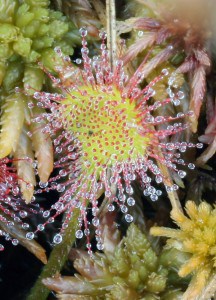
Plus, stepping into the breaks in the mat can leave one stuck up to the knees in muck. Losing one’s balance may mean grabbing for something to break the fall only to discover that the something is poison sumac.
Fens may not be the friendliest places to visit, but they are important for many reasons.
In wet years, fens hold onto water with a sponge-like tenacity, preventing or reducing the risk of floods, improving water quality, and providing habitat for unique plant and animal communities.
Because they receive much of their moisture from groundwater up-wellings, they also remain lush and green even in the driest summers.
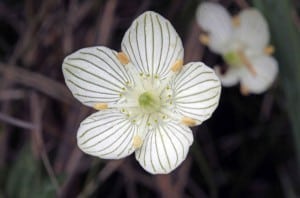
For those who may have never put on hip boots to slog through a local fen, the images with this article highlight a few of the fascinating flora that can be found in this special habitat.
One of the most delicate and beautiful is the fringed gentian that blooms from September through the first frosts. Fringed gentian blossoms close each night as if to protect the most vulnerable flower parts from the cold. They open again the next day as they are warmed by the sun.

Other flowers of the fen include grass of Parnassus, shrubby cinquefoil, New England aster, sneeze weed, and many species of bidens.
Insect-eating plants like the pitcher plant and sundew can be found there as well.
It’s nice to know one does not have to travel to exotic places to discover the beauty of the natural world — it can be found right here in the Chelsea area.

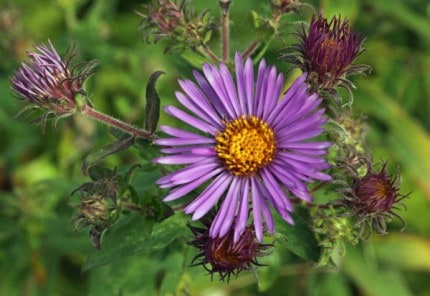













Thanks for sharing this with us. So interesting!
Tom,
Thank you for your consistently interesting and informative items!
cws.